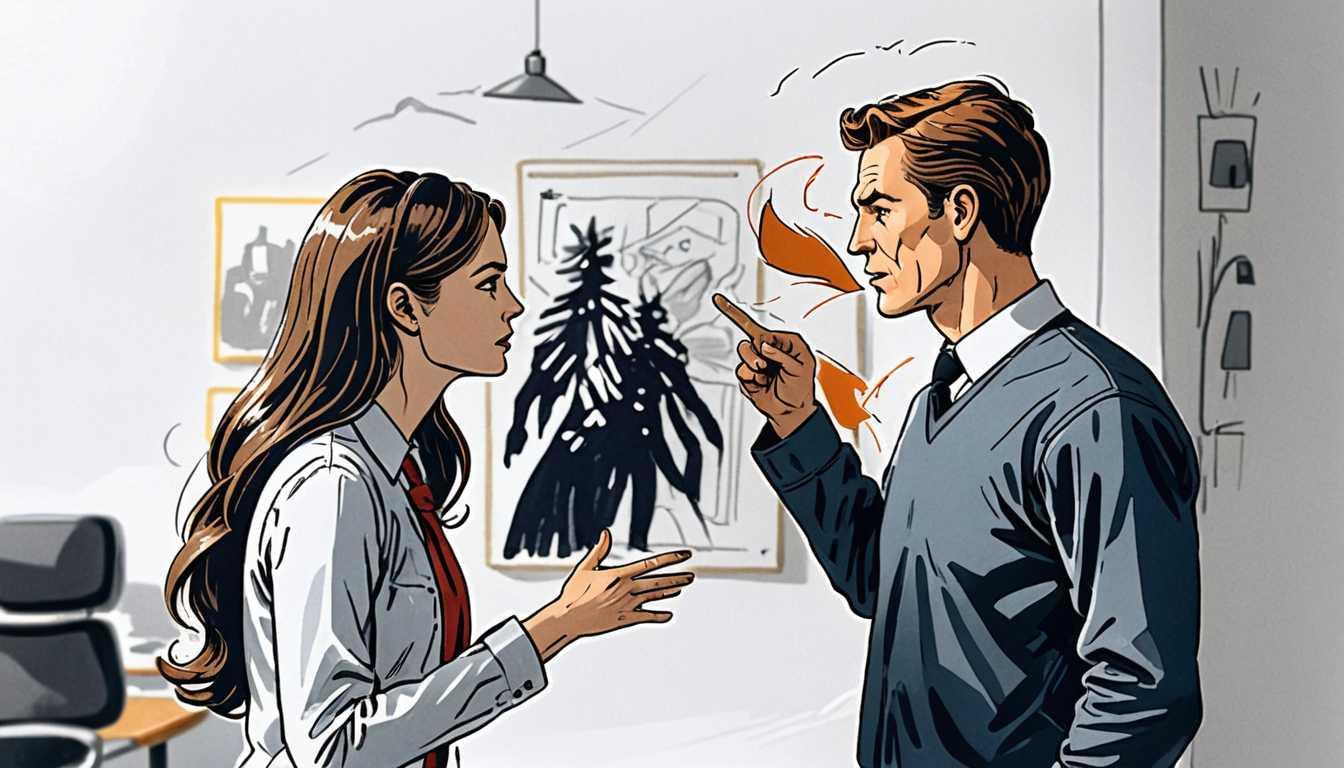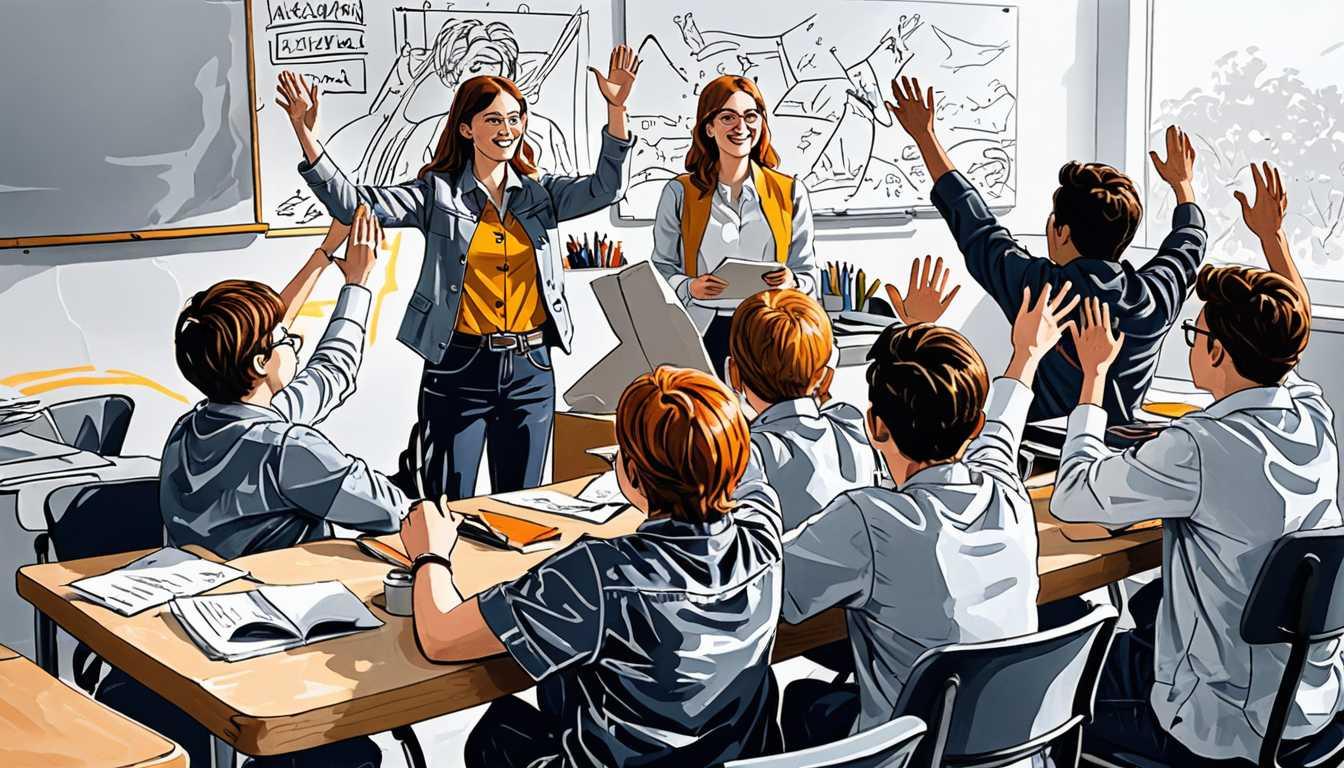Doodles Decoded: Kids' Art Insights
February 2024
Stanford University
Introduction
Dive into the world of scribbles and sketches with Stanford University's fascinating study on children's drawings! Ever wondered what goes through a child's mind when they draw a squiggly line and proudly declare it a tiger? This study, using machine learning to analyze thousands of doodles from kids aged 2 to 10, reveals how children's drawing and recognition skills evolve hand-in-hand. It's not just about getting better at drawing; it's about how kids see the world. Spoiler: Even the most abstract art might be a window into your child's brilliant mind!
READ FULL ARTICLEWhy It Matters
Discover how this topic shapes your world and future
Doodles Decoded - Discovering the Depths of Drawings
Have you ever thought about what your doodles say about you? It turns out, children's drawings are more than just stick figures and scribbles; they're a window into how kids see the world. A recent study using cool tech like machine learning has found that as children grow, their drawings and their ability to understand what others draw improve together. This isn't just about getting better at drawing a straight line. It's about how kids think about everything around them, from the pets they doodle to the monsters under their bed. This discovery is super important because it tells us that every time you pick up a pencil, you're not just drawing; you're showing everyone a little piece of how you see the world. And guess what? This could be linked to how you learn and understand other stuff too! So, next time you doodle in the margins of your notebook, remember, you're practicing seeing the world in your unique way, which is pretty awesome.
Speak like a Scholar
Machine Learning
This is when computers learn to do something without being directly programmed to do it. Imagine teaching your computer to recognize your handwriting!
Recognizability
How easily something can be recognized or identified. If your friend can tell your drawing is supposed to be a cat, that's high recognizability.
Motor Skills
These are the abilities you need to move and do things, especially complex or fine movements, like drawing or playing the piano.
Stereotypical Attributes
Common features that everyone associates with certain things. Like, when you think of a rabbit, you think of long ears.
Parallel Development
This means two things are developing at the same time in a way that's connected. Here, it's about how kids get better at drawing and recognizing drawings as they grow.
Cognitive Tools Lab
A cool place where scientists study how our minds work, using tools like machine learning to understand how we think and learn.
Independent Research Ideas
Cultural Differences in Children's Drawings
Investigate how children from different parts of the world draw and interpret drawings. What can this tell us about cultural perceptions and art education?
The Evolution of Drawing Skills with Age
Dive into how drawing skills develop from toddlers to teenagers. Is it just practice, or is there more to the story?
Digital vs. Traditional Drawing
Compare the effects of drawing with digital tablets versus pencil and paper on children's motor skills and creativity. Is one better than the other?
Animals Through the Eyes of a Child
Explore how children's understanding and depiction of animals change as they learn more about the world. Do they start with cartoons and move to more realistic drawings?
The Role of Drawing in Learning and Memory
Can drawing improve learning and memory in subjects like history or science? Create a study to find out how doodling in the margins might be helping you ace those tests.
Related Articles

Nap Your Way to Creativity
May 2023
Massachusetts Institute of Technology (MIT)

AI Learns Human Tricks
July 2023
Harvard University

Love's Bias: When Negative Outweighs Positive
February 2024
Cornell University

Brainwave Sync: Learning's Secret?
April 2023
New York University

Mindfulness: The Reading Booster
December 2023
Cornell University